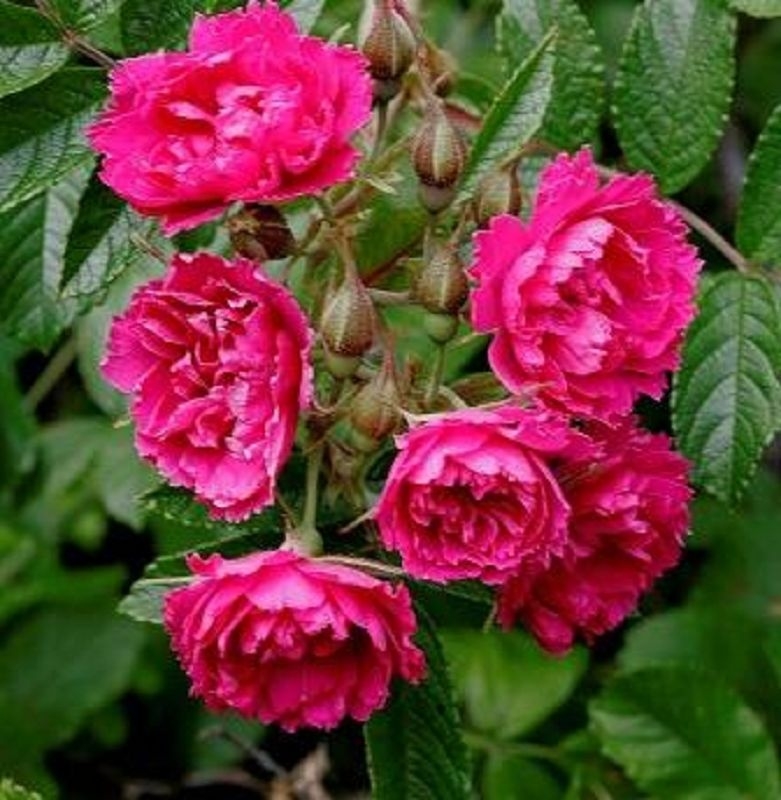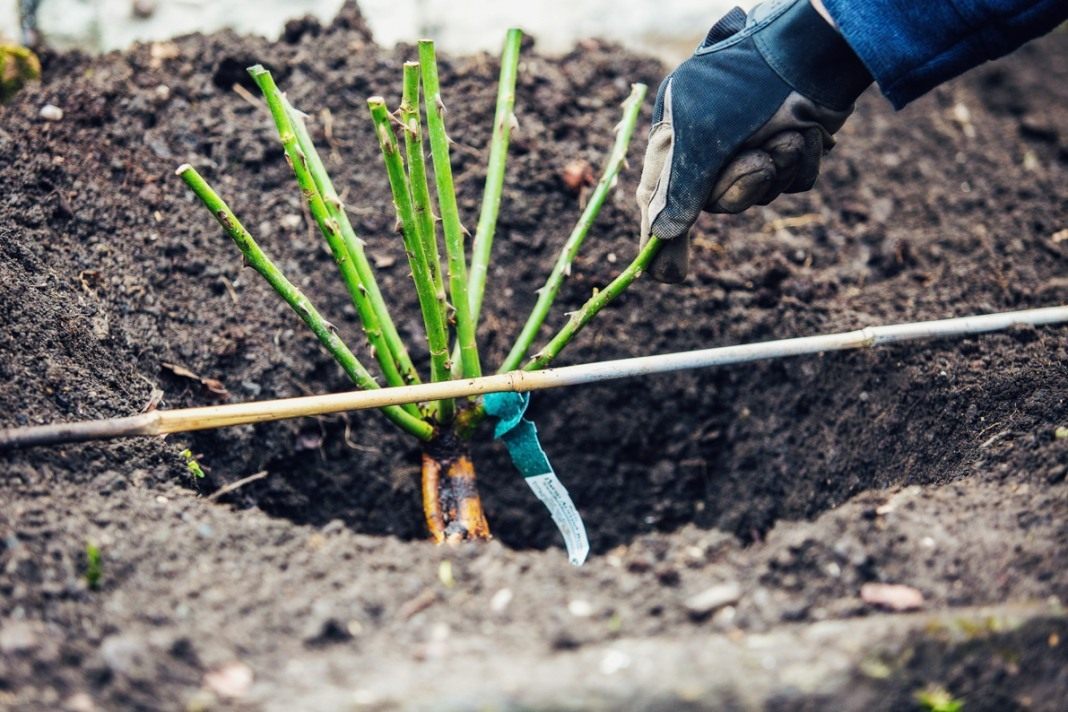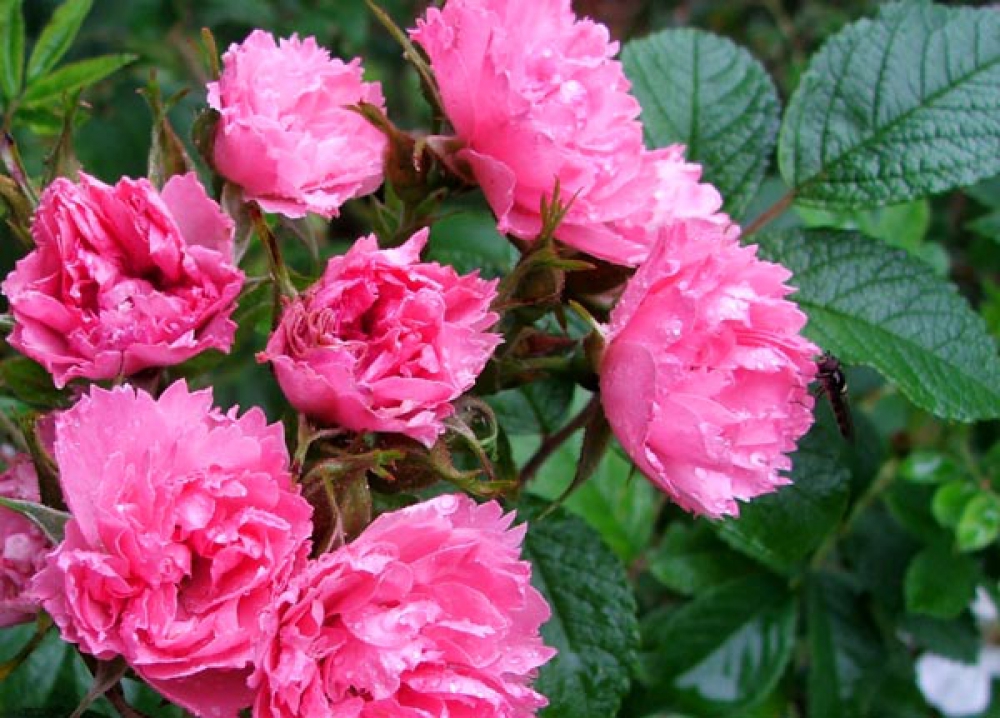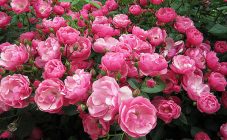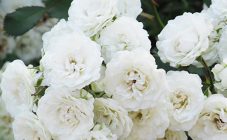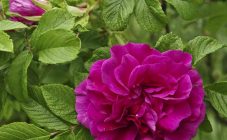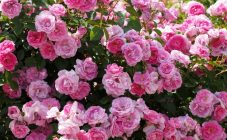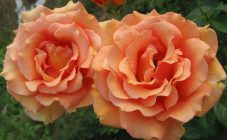Content:
Rose Grothendorst is a varietal variety of wrinkled roses, which are better known to agronomists as rose hips or Rugosa roses. This plant has become famous all over the world due to its high decorative features. Perhaps most of all attention is attracted by the aroma of large terry inflorescences that stick around the bush. The first copy of the culture was obtained back in 1918 by the scientist and breeder De Goy; the rose was named in honor of his friend and colleague Grootendorst F.J.
Rose Grothendorst: description and characteristics
The Pink Grootendorst rose is a cross between the Rugosa Rubra rose and an almost unknown polyanthus species. The result exceeded all possible expectations - the plant is formed by a bush, during flowering, the flowers are grouped into bouquets, each of which has from 5 to 20 miniature, but fragrant flowers of raspberry red or pink color. The diameter of each flower is small - 3-4 cm.
The inflorescences are characterized by an unusual shape, similar to a clove culture, as well as abundant flowering. Thanks to these features, this variety was named - carnation rose or Nelkenrose.
Rose Pink Grothendorst in Russia is formed by an upright bush. As a rule, its height does not exceed 1.5 meters. The leaves are painted in a deep green tone, the surface is glossy.
Brief information:
- The height of an upright bush varies from 1.5 m to 1.75 m.
- The bush reaches one and a half meters in diameter.
- The plant is highly resistant to fungal diseases.
- Not afraid of rain.
- Flowering is continuous.
Varietal peculiarity: the trunk is very prickly, like a rose hip.
Planting and leaving
The plant grows in sunny areas, but cultivation is also possible in partial shade conditions. The soil should be fertile, before planting it should be enriched with organic fertilizers (it is best to use humus). There should be no wind gusts and drafts on the site.
To ensure lush flowering and health of the bush, the rules of agricultural technology should be strictly observed, which include:
- regular watering,
- loosening,
- removal of weeds,
- feeding,
- pruning.
Although the plant is frost-resistant, it is recommended to cover it for the winter using cellophane or a layer of mulch.
Advantages and disadvantages
Rosa Rugosa Pink Grothendorst has incorporated a large number of advantageous features, which is why it is in demand among domestic agronomists.
- Excellent decorative properties.
- Continuous flowering.
- High resistance to fungal diseases (black spot and powdery mildew).
- Not afraid of rain.
As for the shortcomings, they include the lack of the ability to propagate the plant by seed, as well as the exactingness of the culture to the growing conditions at first.
FJ Grootendorst Rose combines many of the virtues for which roses are so prized in the modern world. Like all her relatives, she has a wayward and at times capricious character, therefore, in order to cope with her, you need to familiarize yourself with all the rules of agricultural technology.
